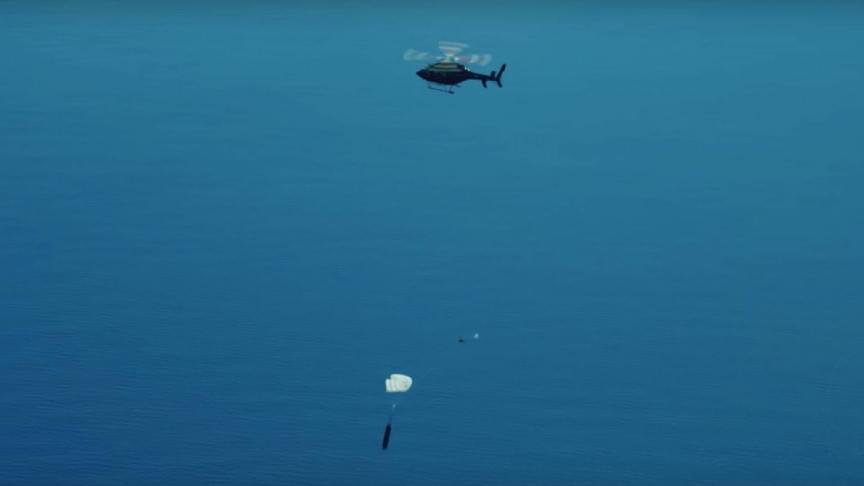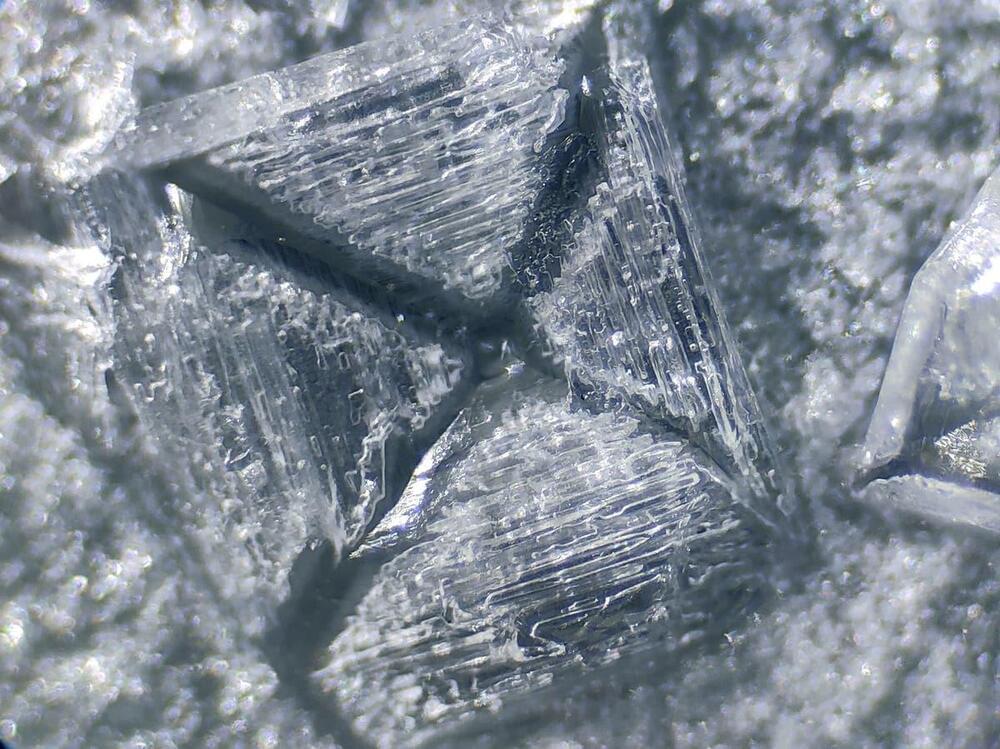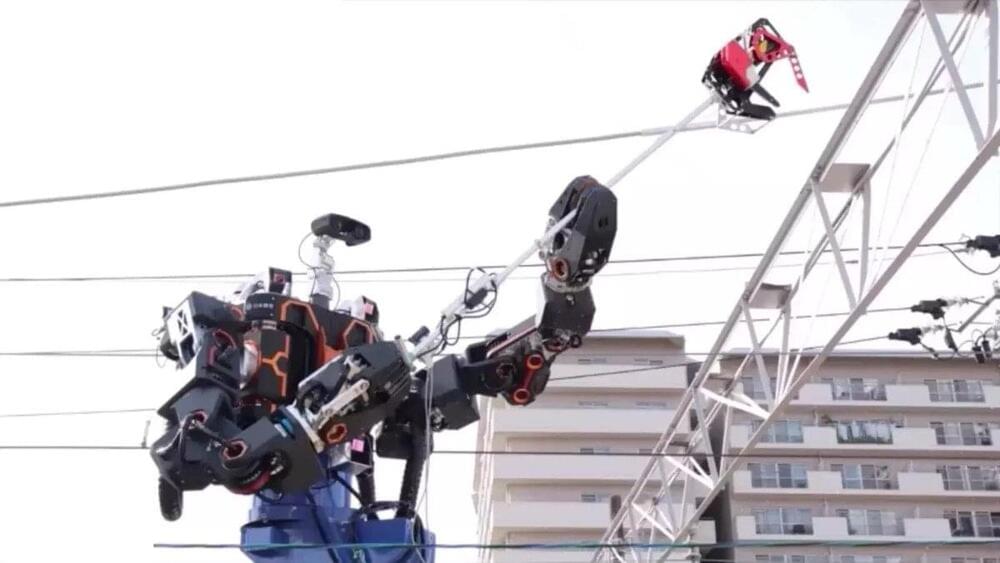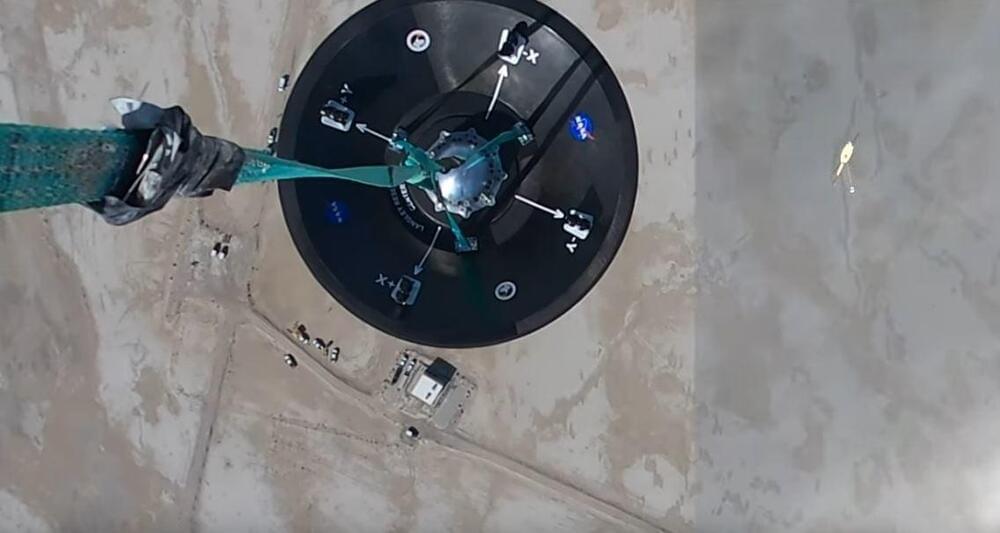NASA has an ambitious plan to bring a piece of Mars back to Earth for study. Called the Mars Sample Return mission, the idea is to send a robotic team consisting of a lander, rover, and an ascent vehicle to the red planet to pick up samples being collected and sealed in tubes by the Perseverance rover. These samples will then be launched off the Martian surface and into orbit, where they’ll be collected and brought back to Earth.
If that sounds complicated, it is. NASA is working on some of the hardware required for this ambitious long-term mission, and recently the agency tested out a new design for the Earth Entry System vehicle which will carry the sample through our planet’s atmosphere and to the surface. And its test was a dramatic one — dropping a model of the vehicle from 1,200 feet and seeing if it survived.
The test was focused on the vehicle’s areoshell, testing out one possible design for the shell which has to protect the delicate electronics and sample inside from the heat and forces of passing through Earth’s atmosphere. To do this, the test was performed at the Utah Test and Training Range, where a helicopter ascended with a model of the vehicle and areoshell, called a Manufacturing Demonstration Unit (MDU), that was covered in sensors and measures 1.25 meters across. The MDU was then dropped by the helicopter and its descent was recorded. Coming from an altitude of 1,200 feet, the MDU reached the speeds that would be engineers think are equivalent to a sample landing mission.








